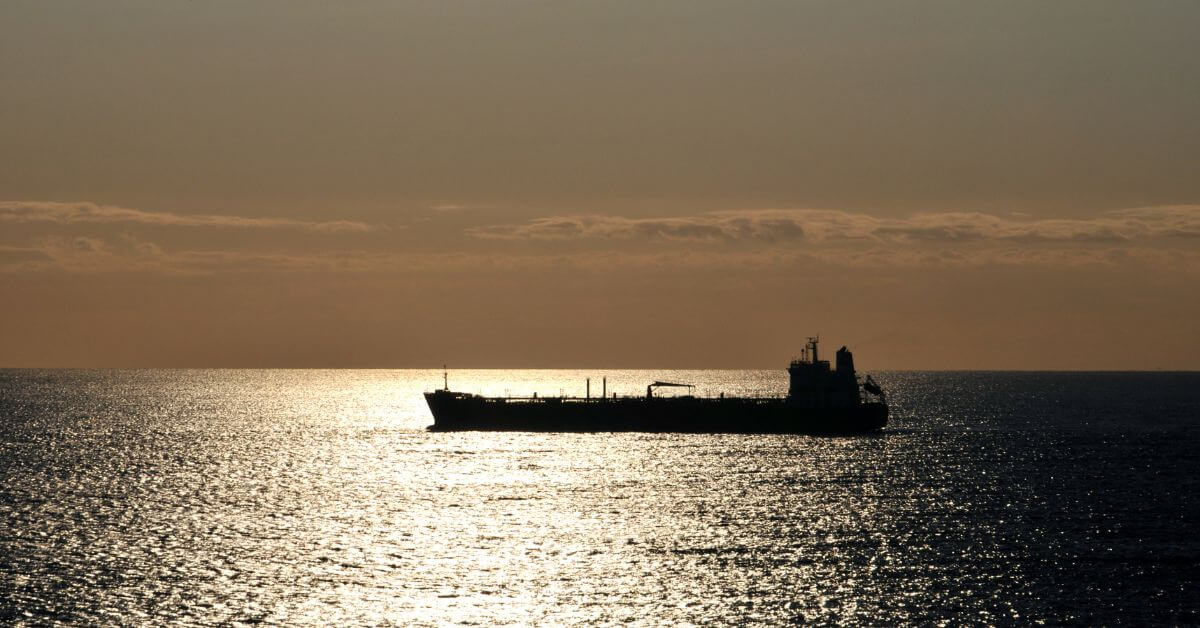
Mitsubishi Shipbuilding Launches Japan’s New Large Car Ferry ‘HAMANASU’
October 10, 2025
Rolls-Royce Plans To Partner With Indian Navy For Nation’s First Electric Warship
October 11, 2025

The United States has announced sweeping new sanctions on Iran’s oil and gas network, targeting nearly 90 individuals, companies, and vessels accused of transporting and trading Iranian petroleum and liquefied petroleum gas (LPG) in violation of international restrictions.
According to official statements, the U.S. Department of State has sanctioned around 40 individuals, entities, and ships involved in the sale and movement of Iranian energy products that generate hundreds of millions of dollars in revenue for Tehran.
The list includes some of the largest petrochemical buyers by both volume and value, as well as executives overseeing the operations. Among the targets are several “shadow fleet” vessels that allegedly conceal the origin of Iranian oil and a China-based liquid petrochemical products terminal facilitating the trade.
At the same time, the U.S. Department of the Treasury imposed sanctions on over 50 additional people, companies, and vessels said to be linked to Iran’s petroleum and LPG exports.
The Treasury explained that the targeted network had facilitated shipments worth hundreds of millions of dollars, involving a China-based crude oil terminal and a privately owned Chinese refinery purchasing Iranian oil.
Most of the sanctioned vessels and operators are based in the UAE, Hong Kong, and China. U.S. officials said these entities help Iran bypass earlier restrictions by using flags of convenience and false shipping documents to hide the cargo’s origin.
Treasury Secretary Scott Bessent said the sanctions aim to stop Iran from funding terrorist groups and military operations threatening U.S. and regional security.
The measures block any access to U.S.-based property or assets of the targets and ban U.S. persons or firms from doing business with them. Officials said these actions are part of the Trump administration’s “maximum pressure” campaign to cut Iran’s oil revenues to zero.
Since January, Washington has sanctioned 166 ships linked to the Iranian oil trade. The latest sanctions extend to another Chinese oil terminal and a fourth privately owned Chinese refinery.
Reference: US Department of State
Source: Maritime Shipping News


